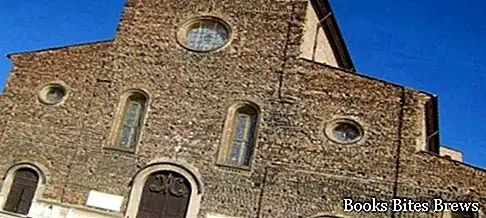What to see in Faenza, one-day itinerary including the main monuments and places of interest, including the Ceramics Museum, the Duomo and Palazzo Milzetti.
Tourist information
Famous internationally for its majolica, Faenza was founded by the Romans with the name of Faventia around the second century BC, in the area between the Via Emilia and the Lamone river.
In 740 it passed under Lombard rule, becoming a free municipality in the twelfth century.
It was part of the first and second Lombard league, it was also subjected to the lordship of the Accarisi and was destroyed by Federico II.
In 1313 it was acquired as a possession by the Manfredi, subsequently, but for a limited period of time, by the Valentino and Venice in 1504, before moving to the Church until 1797, the year in which French domination began.
The International Ceramics Museum is considered the only structure of its kind in the world.
In fact, there are numerous types of ceramics collected, coming not only from Italy but also from abroad, which affect a very wide span of time, extended between prehistory and the modern age.
The various rooms contain handmade Renaissance, Turkish and Chinese objects, as well as majolica produced in the area between the twelfth and twentieth centuries.
There are additional ceramics from all over Italy, dating back to the period before the end of the nineteenth century, and artefacts of Asian, African and American origin.
In the same museum there are also some works by Picasso, Matisse, Rouault, Léger and Chagall.
What see
Palazzo Mazzolan, dating back to the end of the seventeenth century, houses the Museum of the Risorgimento and the Archaeological Museum, containing the latter Roman finds.
Recommended readings- Brisighella (Emilia Romagna): what to see
- Grazzano Visconti (Emilia Romagna): what to see
- Castelnovo ne ’Monti (Emilia Romagna): what to see
- Canossa (Emilia Romagna): what to see
- Emilia Romagna: Sunday day trips
Piazza del Popolo and Piazza della Libertà represent the heart of the city, where the most important buildings are located.
In Piazza del Popolo, surrounded by arcades and loggias, stands the Palazzo del Podestà, built in the twelfth century, with the Clock Tower next to it.
On the other side of the square stands the Palazzo del Municipio, in whose courtyard, transformed into Piazza della Molinella, there is the Masini Theater, built at the end of the 1700s by Pistocchi.
The Cathedral, dating back to 1474, was designed by the Florentine Giuliano da Maiano on behalf of Federico Manfredi, later it was reworked by Laspo di Pagno Portigiani, who however did not complete the facade.
In the three-nave interior of the Church, with columns and pillars, numerous works of art are preserved, including a fifteenth-century ark in the eighth chapel of the left nave, the magnificent ark of San Savino, located in the chapel of the same name located to the left of the presbytery area, a work by Benedetto da Maiano built in 1474, a refined wooden choir from 1513, the ark of San Terenzo, located in the fifth chapel on the right, and a Madonna and Child with Saints by Innocenzo da Imola and positioned in the fourth chapel of the right nave.
The Pinacoteca contains works from Faenza and Romagna, from the period between the fourteenth and nineteenth centuries.
Among the largest are the two Madonnas with Child and Saints, respectively by Lombardi and Palmezzano, a wooden sculpture depicting San Girolamo, by Donatello, and the marble bust of San Giovannino, probably made by Rossellino.
The section dedicated to modern art, including interesting 19th and 20th century works by authors such as Signorini, Spadini, Fattori and others, is also worth visiting.
In the Palazzo Milzetti, built in 1749 by Pistocchi, the Museum of Romagna's neoclassicism is housed.
The Church of Santa Maria Vecchia, built around the middle of the 1600s over the remains of a medieval building, of which it has preserved the remarkable octagonal bell tower.
Noteworthy is the Church of the Commenda, dating back to 1200, with a fourteenth-century porch and original bell tower, where interesting sixteenth-century frescoes are preserved.




